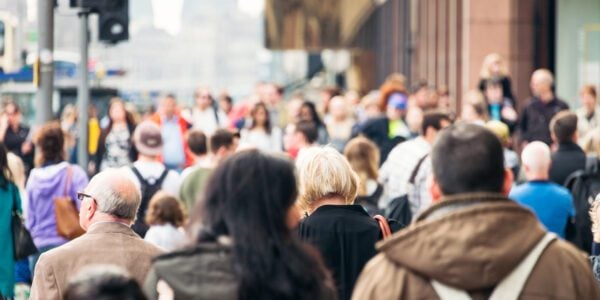
23/07/20
1 min read
The percentage of Brits who got news about the pandemic at least once a day per week has dropped from 79% in mid-April to 61% in late June. This is according to new Nuffield-funded research from the Reuters Institute.
The team also found that COVID-19 news use has fallen more sharply among women and among people under 55. Differences by income and education have remained stable. Gaps in news use are much larger online than offline. News avoidance has risen since April. Women are more likely to say they avoid the news.
The findings are based on an ongoing online panel survey of a representative sample of the UK population at regular two-week intervals, and which also draws on content analysis collected on a rolling basis throughout the crisis. The surveys have been fielded by YouGov.
To better understand information inequality and other social differences during the coronavirus communications crisis, the team examined differences and similarities in news use, news avoidance, and the use of different online and offline platforms across age groups, gender, education, and household income.
The fall in the use of COVID-19 news happened slowly and consistently over the ten-week period. However, it is important to point out that even though COVID-19 news use has declined since April, overall news use levels still remain high if compared to normal levels. The decline since April is a ‘relative decline’ in that it represents a decline from a very high point, when the UK entered lockdown and news and information about COVID-19 had an urgent relevance with direct implications for people’s everyday lives.
Coronavirus has created a communications emergency as well as a health emergency. News use surged during lockdown, but as we move into the next phase of the crisis, the emergence of news use inequalities is a cause for concern.”Richard Fletcher , Senior Research Fellow at the Reuters Institute and lead author of the report.





















































